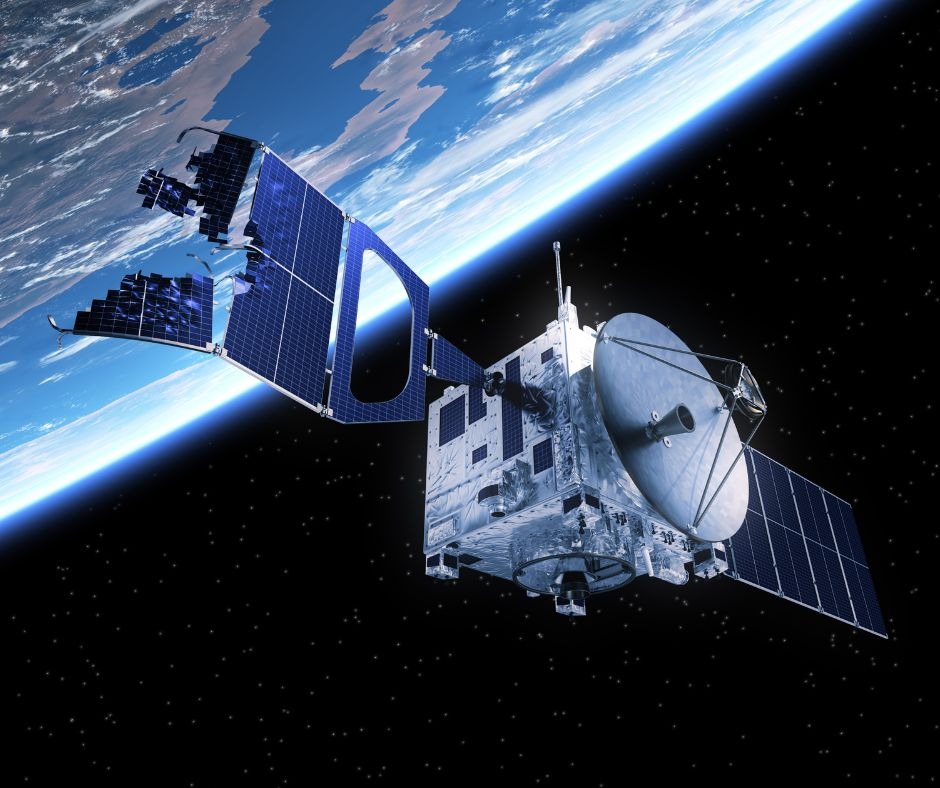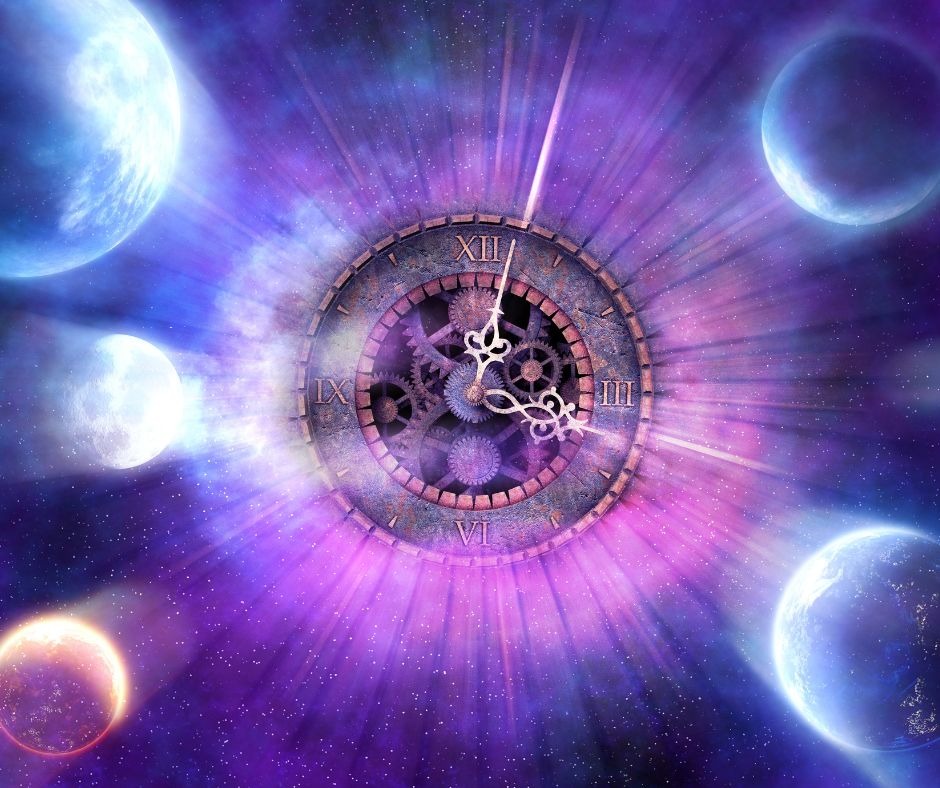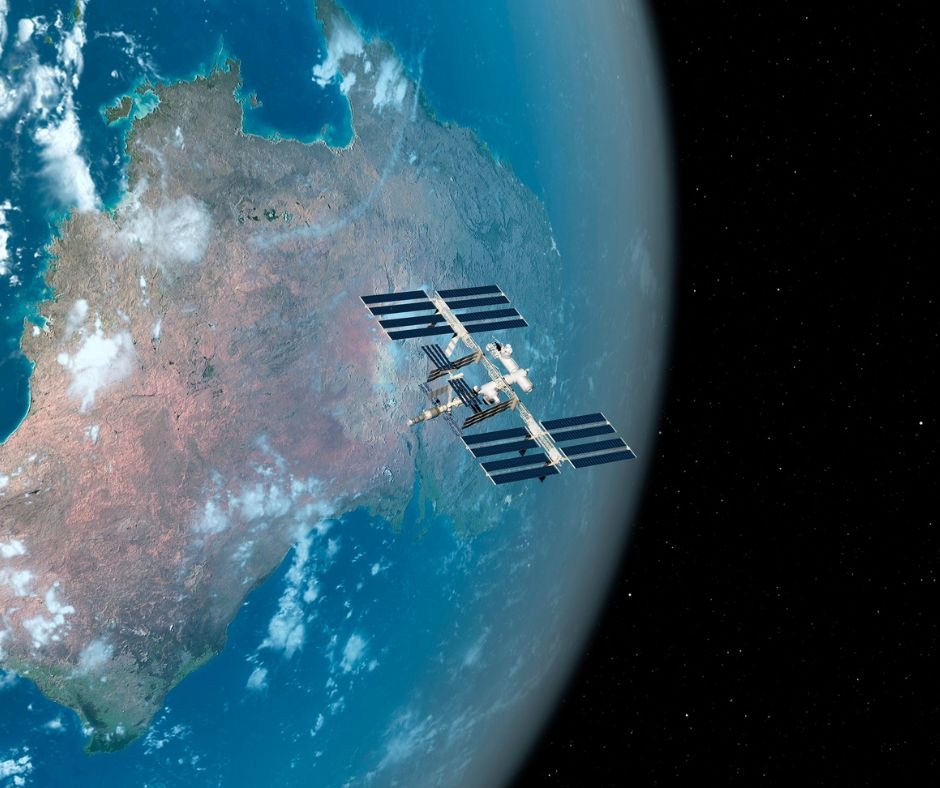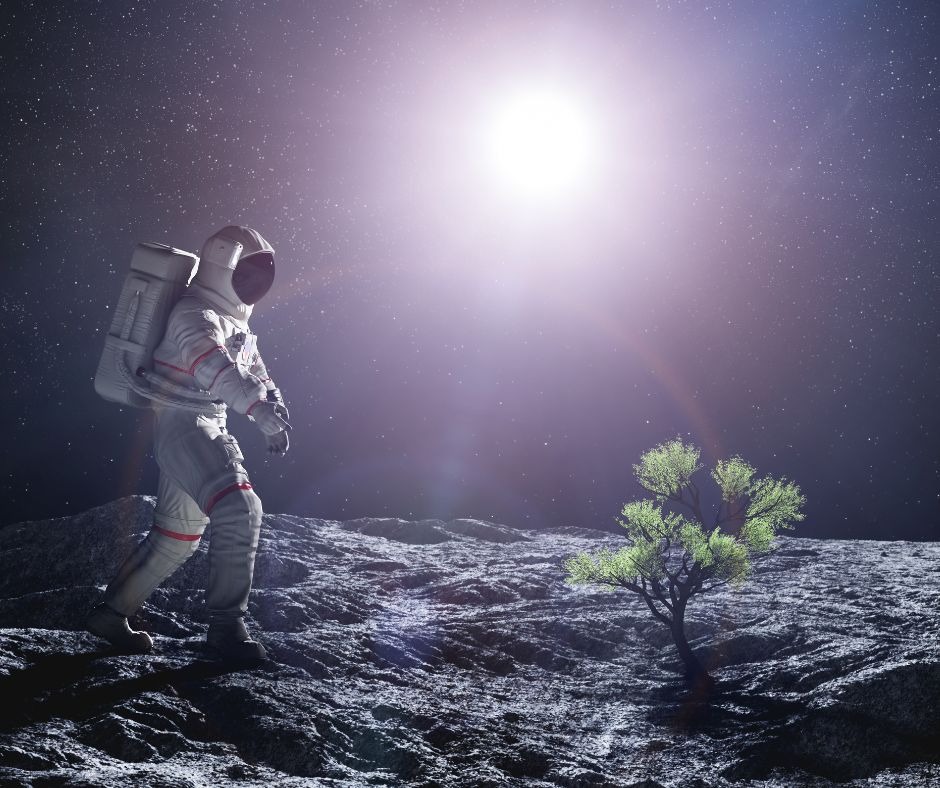There are no items in your cart
Add More
Add More
| Item Details | Price | ||
|---|---|---|---|
{{15-02-2024}}
Introduction
The cosmos is an ever-evolving tapestry of mysteries, with each celestial body holding the potential to unlock secrets of our universe's past, present, and future. Among these, asteroids have long fascinated scientists and astronomers alike. Orbiting our Sun are over a million asteroids, remnants of the early solar system, each with their own story to tell. Historically, it was believed that any water these rocky bodies harbored would have long since evaporated into the void of space. However, a groundbreaking discovery has turned this notion on its head, revealing the presence of water on the surfaces of asteroids for the first time.

The Discovery
In a landmark study utilizing the sophisticated capabilities of the Stratospheric Observatory for Infrared Astronomy (SOFIA), astronomers have detected water on two significant asteroids, Iris and Massalia. This finding not only challenges our previous understanding but also opens new avenues for research into the history and evolution of our solar system.

Asteroid Iris
Among the countless asteroids, Iris stands out with its impressive diameter of 199 km (124 miles), making it larger than 99 percent of its counterparts. Situated within the main asteroid belt between Mars and Jupiter, Iris completes its orbit around the Sun every 3.7 years at an average distance of 2.39 astronomical units. The detection of water on such a sizable asteroid underscores the potential for further discoveries within our celestial neighborhood.

Asteroid Massalia
Comparable in size to Iris, Massalia spans 135 km across and shares a similar orbit within the asteroid belt. The presence of water on Massalia adds weight to the hypothesis that water might be more common on asteroids than previously thought. This finding prompts a reevaluation of our understanding of these celestial bodies and their role in the solar system's water distribution.

Implications of the Discovery
The revelation that asteroids like Iris and Massalia harbor water is significant for several reasons. Firstly, it provides valuable insights into the composition and distribution of materials in the solar nebula before the formation of planets and asteroids. Understanding the presence and distribution of water in our solar system can also inform our knowledge of exoplanetary systems and the potential for life beyond Earth.
Furthermore, this discovery has profound implications for future space exploration and the search for extraterrestrial life. By studying the water content on asteroids, scientists can better understand the processes that led to the emergence of life on Earth and assess the likelihood of similar conditions existing elsewhere in the universe.

Conclusion
The detection of water on the surfaces of asteroids Iris and Massalia marks a significant milestone in our quest to understand the complexities of our solar system. This discovery not only challenges our previous assumptions but also highlights the importance of continued exploration and study of space. As we delve deeper into the cosmos, each discovery brings us closer to unraveling the mysteries of the universe, paving the way for future generations of explorers and scientists. The journey through space is long and filled with unknowns, but each finding like this one lights the path forward, promising new horizons and revelations about our place in the cosmos.

{{Sameer Kumar}}